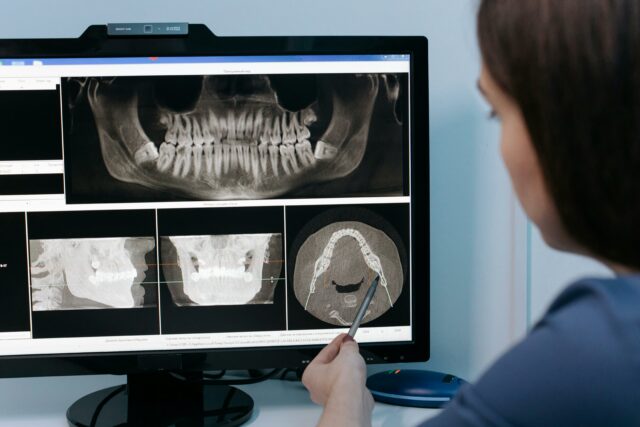Minamata Convention
The Minamata Convention, an international treaty, holds particular significance in dentistry due to its aim of safeguarding the public from the harmful effects of mercury. Dental amalgam, a common filling material, contains mercury, and the convention seeks to reduce mercury release. Originating from a tragedy in Minamata, Japan, this convention outlines restrictions on the use of dental amalgam, especially in specific patient groups.
Gillick Competence
Gillick competence addresses the ability of patients under 16 years old to consent to treatment without parental knowledge. In dentistry, where the age of consent is 18, clinicians must assess Gillick competence by evaluating the child's mental capacity, comprehension of treatment implications, and rational decision-making. Understanding consent in younger patients is essential for ethical and legal practice.
Water Fluoridation
Initiated to combat tooth decay, water fluoridation, starting with Birmingham in 1964, has become a widespread preventive measure. With approximately 6 million people benefiting from water fluoridation, particularly in the West Midlands and North East regions of the UK, this practice significantly reduces tooth decay, showcasing its success in oral health promotion.
PMPR - Professional Mechanical Plaque Removal
Replacing the traditional "scale and polish," PMPR, or Professional Mechanical Plaque Removal, encompasses both supragingival and subgingival procedures. While adapting to this new terminology may take time, dental professionals are expected to embrace it gradually. The British Society of Periodontology encourages the adoption of this terminology in everyday practice.
IRR17 & IRMER17
The Ionising Radiation Regulations 2017 (IRR17) and Ionising Radiation (Medical Exposure) Regulation 2017 (IRMER17) provide guidelines for radiographic exposures and the management of radiographs and equipment. Adherence to these regulations is crucial for ensuring the safety and efficacy of radiographic procedures in dental practices.
HTM01-05
Health Technical Memorandum 01-05 (HTM01-05) specifically addresses primary care dental practices. Focusing on decontamination and sterilisation equipment maintenance, dental nurses are expected to follow HTM guidelines to uphold best practices in infection control.
Antibiotic Resistance
As antibiotic resistance poses a growing threat, dental professionals, including dental nurses, must be aware of the risks associated with diseases that no longer respond to conventional antibiotics. Changes in prescription guidelines underscore the importance of responsible antibiotic use. Dental nurses can refer to guidelines on the SDCEP's website for comprehensive information.
Arming themselves with knowledge beyond routine practices, dental nurses become not only efficient professionals but also contributors to a broader understanding of dental care. This continuous learning journey ensures that dental nurses remain at the forefront of their field, providing optimal patient care and contributing to the ever-evolving landscape of dentistry.
